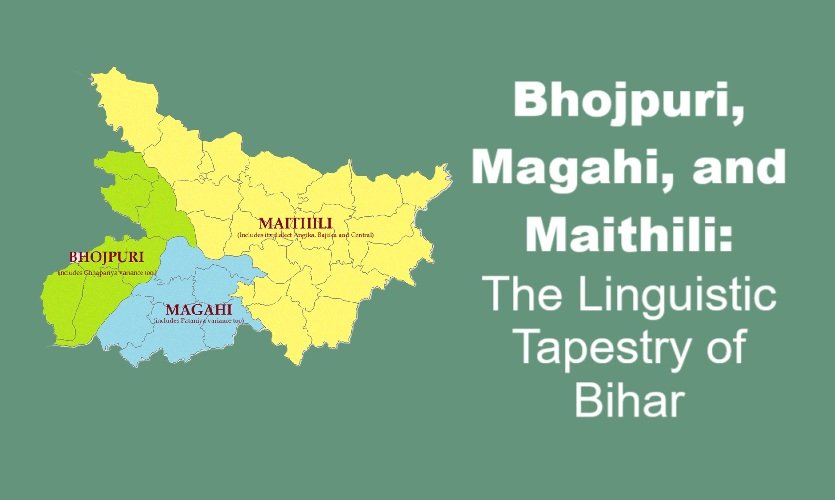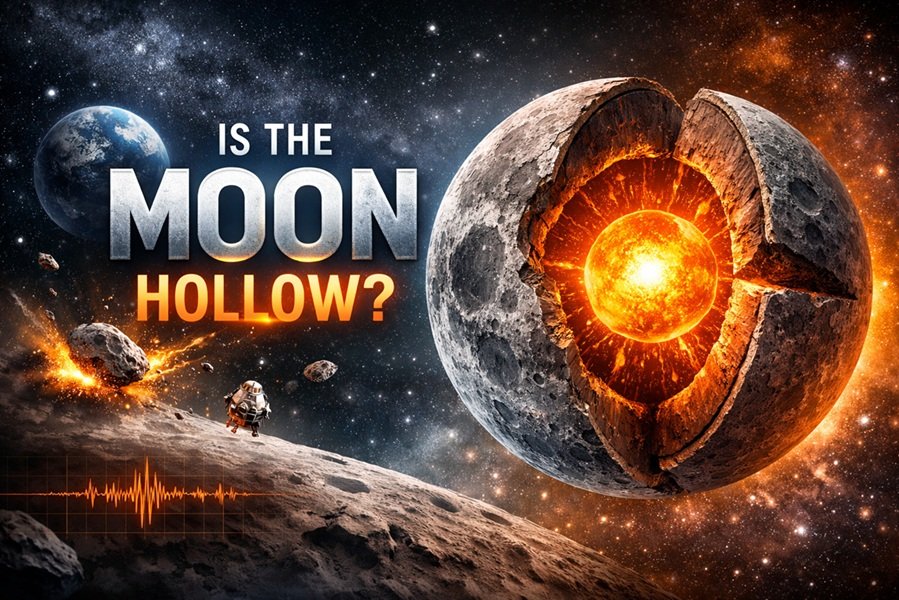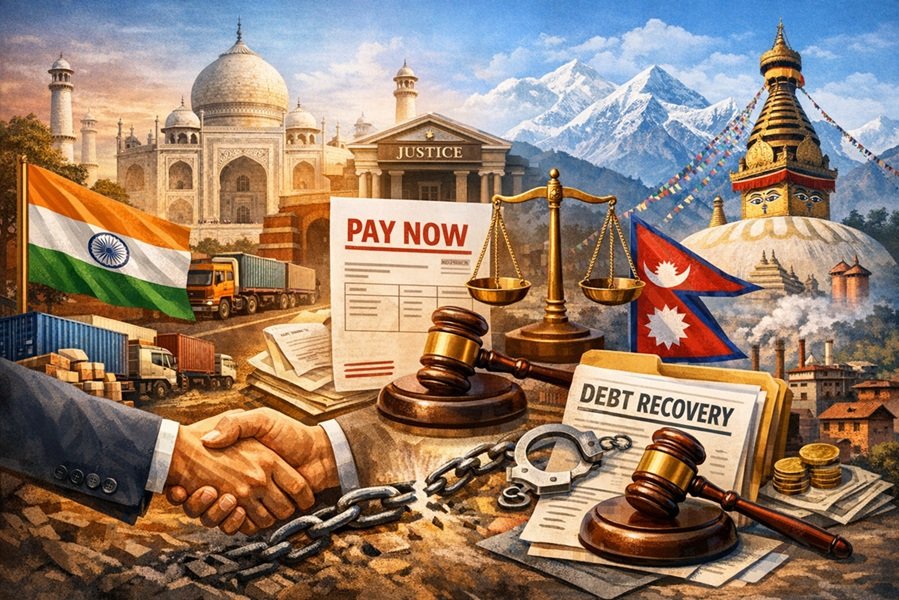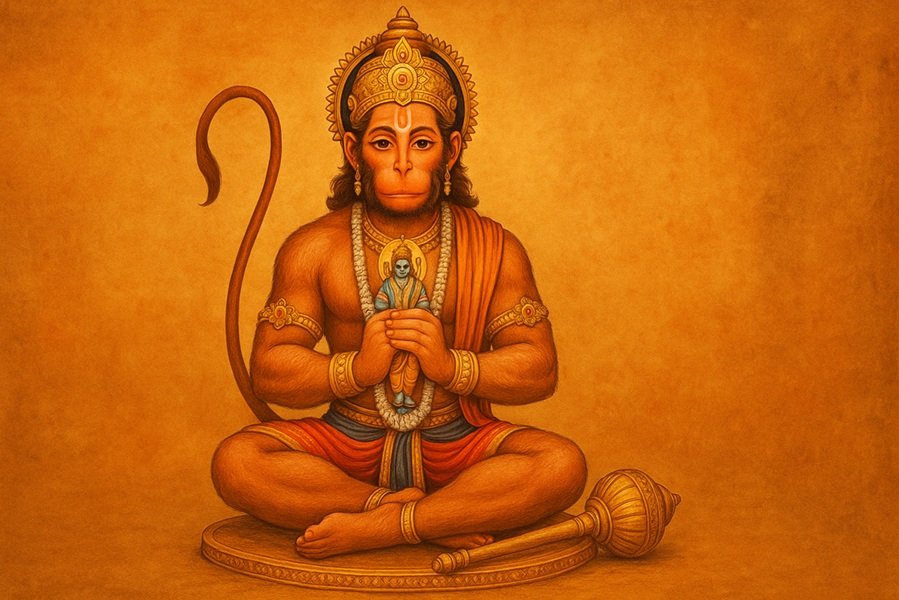
Introduction
Bihar is a land where languages are more than just tools for communication—they are carriers of ancient heritage, cultural memory, and artistic expression. Among the many languages spoken in Bihar, Bhojpuri, Magahi, and Maithili hold special importance. These three languages, known collectively as part of the Bihari group of Indo-Aryan languages, showcase the state’s incredible linguistic diversity and deep cultural roots.
In this article, we will explore the origins, linguistic features, literature, cultural significance, and contemporary relevance of these three languages.
Read This: Kaithi Script – A Forgotten Legacy of Bihar and UP
Geographic Distribution
| Language | Primary Regions | Also Spoken In |
|---|---|---|
| Bhojpuri | Western Bihar, Eastern Uttar Pradesh | Jharkhand, Nepal, Mauritius, Fiji, Trinidad, Guyana |
| Magahi | South-Central Bihar (Patna, Gaya, Nalanda) | Jharkhand, West Bengal |
| Maithili | North Bihar (Mithila region: Darbhanga, Madhubani) | Eastern Nepal (Province No. 2), Jharkhand |
Historical Roots
🔹 Bhojpuri
- Derives from Shauraseni Prakrit and Apabhramsha
- Literary roots in medieval devotional poetry and folk ballads
- Flourished in the Bhojpur region, which has been a major cultural hub
🔹 Magahi
- Evolved from Magadhi Prakrit, once the language of Buddha
- Associated with the ancient Magadha kingdom
- Reflects influences of Buddhism and Jainism in its oral tradition
🔹 Maithili
- Direct descendant of Maitili Prakrit
- Rich literary tradition since 12th century with poets like Vidyapati
- Official language of Nepal and recognized in the Indian Constitution
Linguistic Characteristics
| Feature | Bhojpuri | Magahi | Maithili |
|---|---|---|---|
| Language Family | Indo-Aryan > Eastern Hindi | Indo-Aryan > Bihari | Indo-Aryan > Bihari |
| Script | Devanagari (earlier Kaithi) | Devanagari (also Kaithi) | Tirhuta (traditional), Devanagari |
| Pronouns | Uses dual forms, honorifics | Simple pronoun structure | Complex honorific system |
| Grammar | Verb-heavy, flexible word order | Simpler tenses, rhythmic | Elaborate case system |
| Vocabulary | Sanskrit, Persian, Arabic | Indo-Aryan core | Sanskrit-rich, poetic |
Literature and Oral Traditions
📚 Bhojpuri
- Bhikhari Thakur, the “Shakespeare of Bhojpuri,” transformed folk theater with works like Bidesiya
- Strong oral tradition: Sohar, Kajri, Chaiti, Birha
- Rapidly growing film and music industry
📚 Magahi
- Rooted in folk narratives, agrarian songs, and epics
- Important texts: Magahi Panji (genealogical records)
- Limited written literature, mostly oral preservation
📚 Maithili
- Literary jewel of Bihar, with poets like Vidyapati, whose love poems to Radha-Krishna remain legendary
- Tirhuta script used historically for manuscripts
- Classical Maithili drama and poetry inspired the Bhakti movement
Music and Performing Arts
- Bhojpuri: Bollywood-style music industry, devotional songs, village theater
- Magahi: Traditional drama like Jat-Jatin and Bidesiya, folk farming songs
- Maithili: Samdaun, Vidyapati Sangeet, and Nachari are integral to Mithila weddings and rituals
Cinema and Media
- Bhojpuri Cinema (Bhojiwood) is a major cultural force with global reach
- Maithili Films are emerging, often focused on cultural identity and romance
- Magahi Media is limited, but regional radio and YouTube are helping preservation
Global Reach and Recognition
| Language | Global Reach | Recognition |
|---|---|---|
| Bhojpuri | Spoken in 7+ countries by diaspora | Demands inclusion in 8th Schedule |
| Magahi | Spoken by millions in Bihar, Jharkhand | Yet to receive constitutional status |
| Maithili | Spoken in India & Nepal | Included in 8th Schedule (2003) and official language of Nepal |
Language and Identity
Each of these languages reflects regional identity:
- Bhojpuri reflects Purvanchali pride
- Magahi represents the heritage of ancient Magadha
- Maithili expresses the cultural and literary richness of Mithila
They form the linguistic DNA of Bihar, connecting communities across borders, faiths, and generations.
Challenges and Revival Efforts
| Language | Key Challenges | Revival Efforts |
|---|---|---|
| Bhojpuri | Not yet constitutionally recognized, urban neglect | Bhojpuri Academy, FM channels, YouTube |
| Magahi | Minimal institutional support, shrinking user base | Local publications, online dictionaries |
| Maithili | Tirhuta script not widely used, urban language shift | Mithila Literature Festivals, Tirhuta education, apps |
Famous Personalities
| Name | Language | Contribution |
|---|---|---|
| Bhikhari Thakur | Bhojpuri | Folk playwright and singer |
| Rameshwar Singh Kashyap | Bhojpuri | Modern poet and dramatist |
| Vidyapati | Maithili | Legendary poet of Bhakti movement |
| George Grierson | All | Linguist who classified Bihari languages |
| Ram Dayal Rakesh | Maithili | Scholar and Maithili advocate |
Conclusion
The trio of Bhojpuri, Magahi, and Maithili represent the soul of Bihar—a state where language is a living entity, evolving through stories, songs, scripts, and screens. Each language offers a window into the region’s heritage, and preserving them is essential for safeguarding India’s rich cultural fabric.
As Bihar modernizes, it must also cherish and promote its linguistic legacies—not only for the sake of nostalgia, but for the pride of generations to come.
Read This: History of Indian Scripts: From Brahmi to Devanagari






